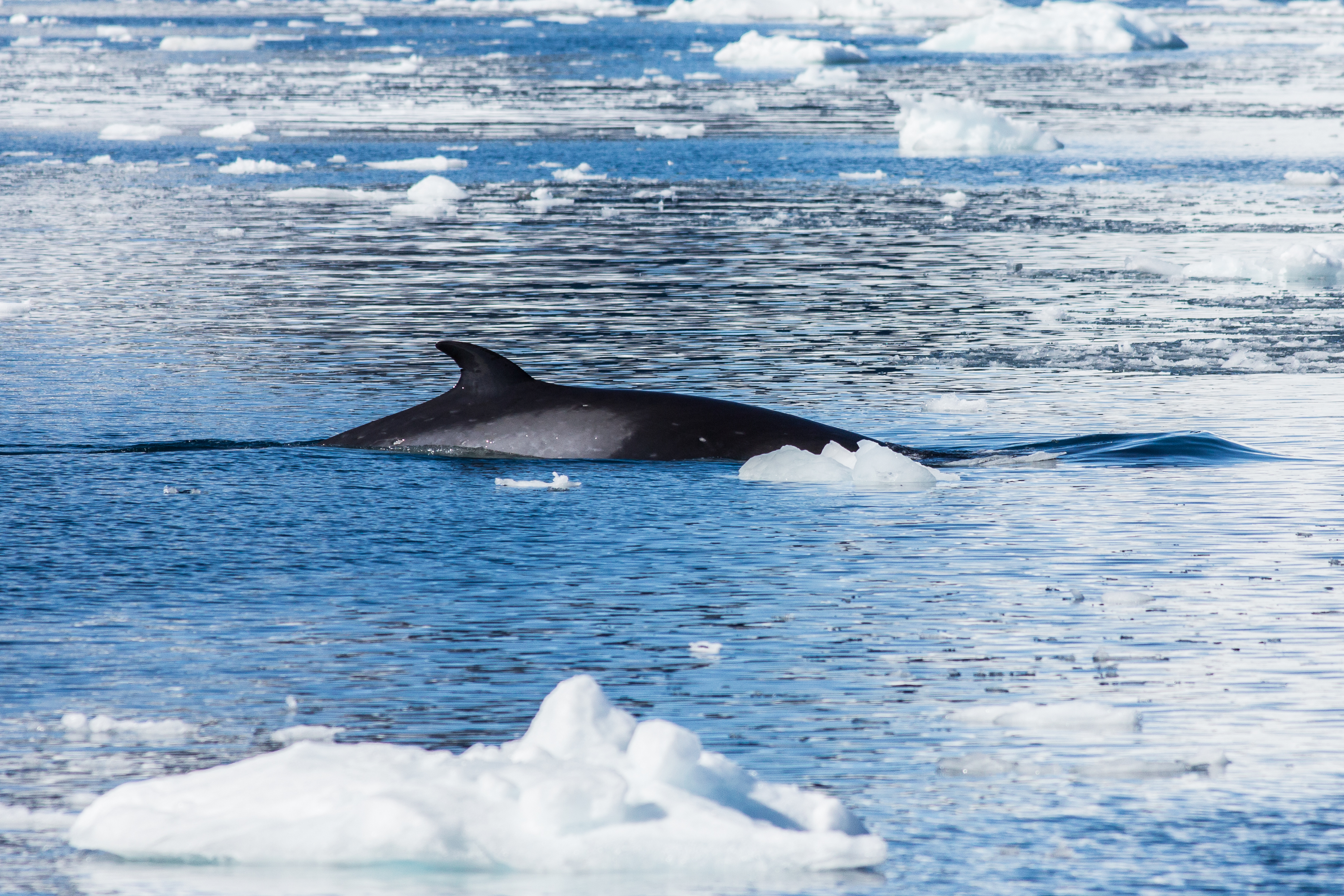
Last year we discussed Japan’s proposed minke whale hunt. We looked into considerations of culture, transparency, and sustainability, and we weren’t the only ones. Japan faced considerable backlash from the U.S., Brazil, Mexico, Australia, New Zealand, and Britain; all countries that have agreed to uphold the International Whaling Commission’s moratorium on commercial whaling, which has been in place since 1986.
Why was this sanction put in place? According to the IWC itself, it was due to “uncertainty in whale numbers.” In other words, the IWC and the scientific minds behind it were uncomfortable with the amount of whales being taken from the ocean, and were uncertain that their populations could sustain the continued pressure of commercial hunting. It’s telling that the moratorium hasn’t been lifted in the 30 years since it was set.
Despite this moratorium, Japan set sail last December for their whale hunt, which they run under a scientific exemption — special permits to kill, take, and treat whales for scientific research, (more on that later). They’ve since returned, bringing with them a haul of 333 minke whales, representing a significant increase over the 2014 hunt, which brought in 252 whales. Digging a little deeper into those numbers, we find that 230 of the whales taken this year were female; 90 percent of those female minkes were pregnant.
According to the Japanese Fisheries Agency, the presence of so many pregnant whales in their haul suggests “that the breeding situation of minke whales in the Antarctic is healthy,” but there’s something more than a little uncomfortable about that statement. While that certainly sounds like a healthy number of pregnant whales, it seems to blithely pass over the fact that it represents 207 whales that were poised to add to their numbers in the wild and never will again, to say nothing of their unborn calves. Currently, the population of minke whales is considered stable; they are the most abundant rorqual in the world. However, if we recall from our previous look at this situation, there’s significant reason to believe that they’re doing as well as they are because the larger whales they compete for resources with were already reduced in numbers. By whaling.
Let’s face it. As humans, we have a history of believing that animals are a renewable resource right up to the point that there’s no turning back. Only 100 years after the dodo bird was “discovered,” it was consigned to history books and fairytales. The passenger pigeon, a once abundant North American species, saw its flesh commercialized as a source of cheap food in the 19th century; between 1870 and 1890 its numbers dropped drastically. In 1900 the last wild bird was shot. Other species suffered a similar fate: the Caribbean monk seal, the bubal hartebeest, the great auk, the Falkland Island wolf, the Stellar’s sea cow, to name a few. We’re currently sitting on a decision to see what the fate of the red wolf recovery program will be. The extinction of species is not something that only happens in the past; it is something that people are actively involved in doing or preventing every day. While it seems that the IWC is concerned enough about the minke whale population to reject Japan’s 2015 proposal to kill 4000 whales in 12 years, Japan’s attitude is that their hunt isn’t a problem, even though there are more than a few countries giving them a side-eye on the claim that the hunt is truly research-motivated.
It’s especially interesting given the fact that Masayuki Komatsu of Japan’s Fisheries Agency once said, “No one has the right to criticize the food culture of another people,” in response to the global outcry against the whale hunt. He specifically addressed food culture, despite the fact that Japan’s exemption is under a scientific permit, not a cultural permit. From an outsider’s perspective, it almost comes off as grasping at straws, seeking any and every reason to continue a practice that is being brought into question and looked at critically. No one is denying that Japan has a cultural tradition of consuming whale meat; and indeed, it’s an uncomfortable position to be in at all, to suggest that a people give up something that we, as outsiders, don’t agree with. Of course it’s easy for Americans to suggest other people stop eating whale; we’re not giving anything up ourselves, we’re asking someone else to do it.
But there also comes a point when we might have to make that call. Not just we as Americans, but we as humans. We’re in the midst of what is being called the Sixth Extinction. This mass event isn’t just about whales. It’s not just about wolves or tigers. It’s literally about all of us, and it means that from culture to culture, country to country, we’re all going to have to start making changes. We’ll be asking not just Japan, but ourselves, when does a species’ right to existence outweigh a cultural tradition’s right to continue? When does a species’ continued presence on our planet outweigh our desire for cheaper products, faster transportation, and larger homes?
I’ve been asking myself these questions a lot lately. And I’ve been making small changes day to day, while I start to look honestly at some of the larger ways I need to change my life in order to really live my beliefs. Change takes time, but that time starts now. Here are the best ways I know for starting change at the micro-level:
- Start with one thing at Racing Extinction.
- Buy sustainable seafood with Monterey Bay’s Seafood Watch App.
- Participate in citizen science, and actively help scientists learn more about animal populations and their environments.
- Use fewer plastic products; tote bags make great shopping bags, carry a reusable water bottle, and avoid one-time use packaging as much as possible.






